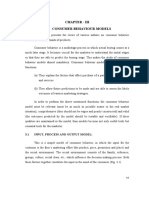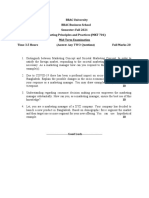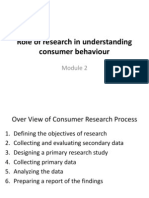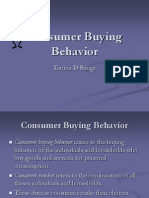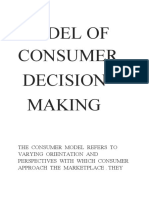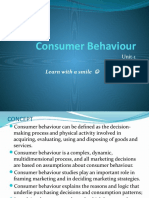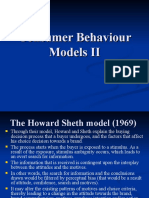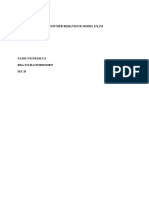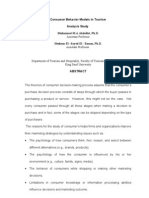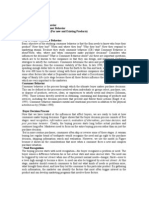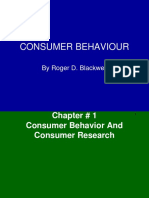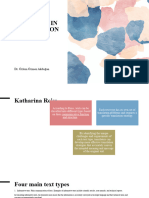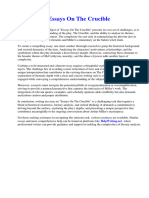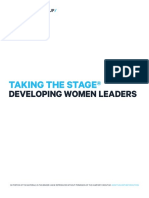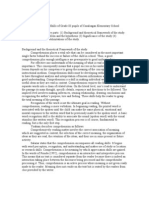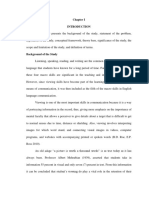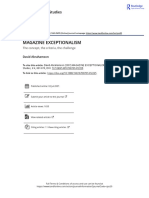0% found this document useful (0 votes)
179 views9 pagesCB Models
The Nicosia Model focuses on the relationship between firms and consumers. Firms communicate marketing messages to consumers through advertising. Consumers then react by purchasing or not purchasing products. The model shows firms influencing consumers through communication, while consumers influence firms through purchasing decisions. It outlines four fields: 1) marketers' communication affecting consumer attitudes and perceptions; 2) consumer search and brand evaluation; 3) purchase action; and 4) consumption experience and feedback.
The Engel-Kollat-Blackwell Model outlines a consumer decision process in four stages: 1) information input from marketing and non-marketing sources; 2) information processing through exposure, attention, perception and retention; 3) a five-step decision process
Uploaded by
sharadguptaaCopyright
© Attribution Non-Commercial (BY-NC)
We take content rights seriously. If you suspect this is your content, claim it here.
Available Formats
Download as PPTX, PDF, TXT or read online on Scribd
0% found this document useful (0 votes)
179 views9 pagesCB Models
The Nicosia Model focuses on the relationship between firms and consumers. Firms communicate marketing messages to consumers through advertising. Consumers then react by purchasing or not purchasing products. The model shows firms influencing consumers through communication, while consumers influence firms through purchasing decisions. It outlines four fields: 1) marketers' communication affecting consumer attitudes and perceptions; 2) consumer search and brand evaluation; 3) purchase action; and 4) consumption experience and feedback.
The Engel-Kollat-Blackwell Model outlines a consumer decision process in four stages: 1) information input from marketing and non-marketing sources; 2) information processing through exposure, attention, perception and retention; 3) a five-step decision process
Uploaded by
sharadguptaaCopyright
© Attribution Non-Commercial (BY-NC)
We take content rights seriously. If you suspect this is your content, claim it here.
Available Formats
Download as PPTX, PDF, TXT or read online on Scribd
/ 9




